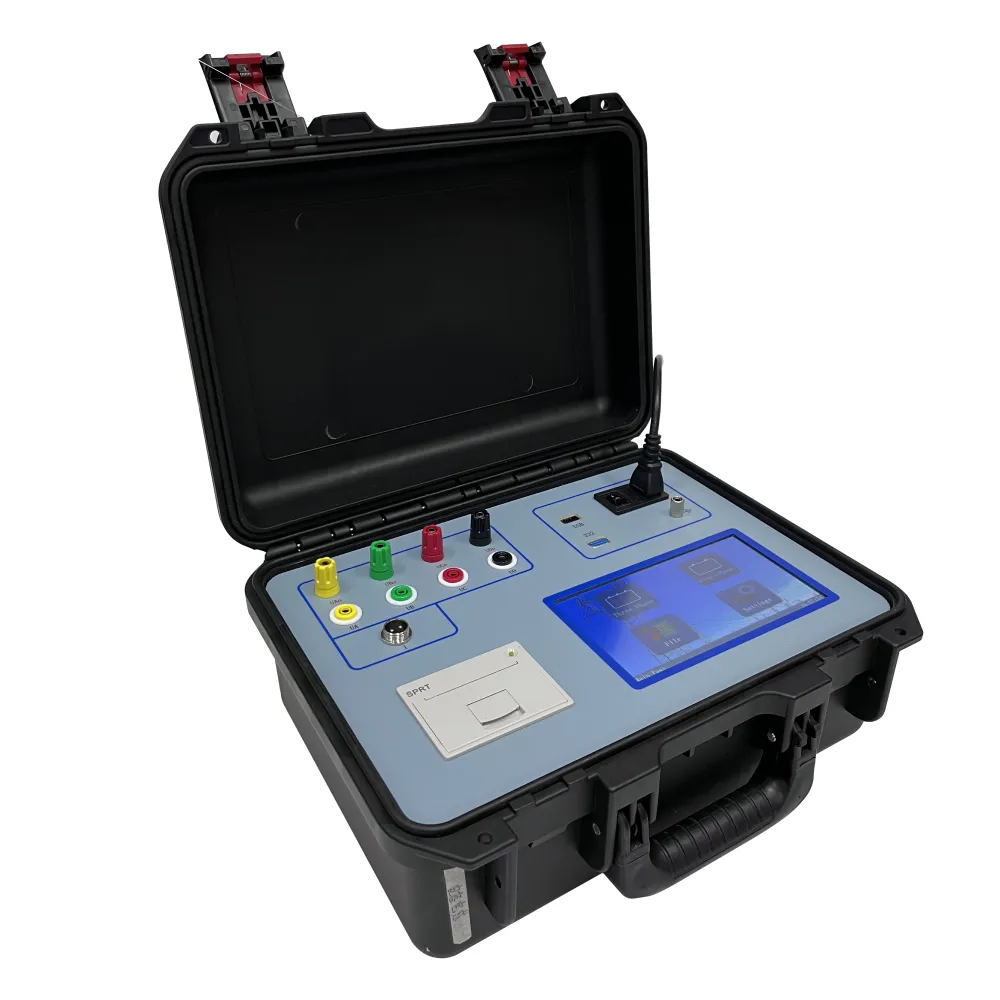 English
English



-
 Afrikaans
Afrikaans -
 Albanian
Albanian -
 Amharic
Amharic -
 Arabic
Arabic -
 Armenian
Armenian -
 Azerbaijani
Azerbaijani -
 Basque
Basque -
 Belarusian
Belarusian -
 Bengali
Bengali -
 Bosnian
Bosnian -
 Bulgarian
Bulgarian -
 Catalan
Catalan -
 Cebuano
Cebuano -
 China
China -
 China (Taiwan)
China (Taiwan) -
 Corsican
Corsican -
 Croatian
Croatian -
 Czech
Czech -
 Danish
Danish -
 Dutch
Dutch -
 English
English -
 Esperanto
Esperanto -
 Estonian
Estonian -
 Finnish
Finnish -
 French
French -
 Frisian
Frisian -
 Galician
Galician -
 Georgian
Georgian -
 German
German -
 Greek
Greek -
 Gujarati
Gujarati -
 Haitian Creole
Haitian Creole -
 hausa
hausa -
 hawaiian
hawaiian -
 Hebrew
Hebrew -
 Hindi
Hindi -
 Miao
Miao -
 Hungarian
Hungarian -
 Icelandic
Icelandic -
 igbo
igbo -
 Indonesian
Indonesian -
 irish
irish -
 Italian
Italian -
 Japanese
Japanese -
 Javanese
Javanese -
 Kannada
Kannada -
 kazakh
kazakh -
 Khmer
Khmer -
 Rwandese
Rwandese -
 Korean
Korean -
 Kurdish
Kurdish -
 Kyrgyz
Kyrgyz -
 Lao
Lao -
 Latin
Latin -
 Latvian
Latvian -
 Lithuanian
Lithuanian -
 Luxembourgish
Luxembourgish -
 Macedonian
Macedonian -
 Malgashi
Malgashi -
 Malay
Malay -
 Malayalam
Malayalam -
 Maltese
Maltese -
 Maori
Maori -
 Marathi
Marathi -
 Mongolian
Mongolian -
 Myanmar
Myanmar -
 Nepali
Nepali -
 Norwegian
Norwegian -
 Norwegian
Norwegian -
 Occitan
Occitan -
 Pashto
Pashto -
 Persian
Persian -
 Polish
Polish -
 Portuguese
Portuguese -
 Punjabi
Punjabi -
 Romanian
Romanian -
 Russian
Russian -
 Samoan
Samoan -
 Scottish Gaelic
Scottish Gaelic -
 Serbian
Serbian -
 Sesotho
Sesotho -
 Shona
Shona -
 Sindhi
Sindhi -
 Sinhala
Sinhala -
 Slovak
Slovak -
 Slovenian
Slovenian -
 Somali
Somali -
 Spanish
Spanish -
 Sundanese
Sundanese -
 Swahili
Swahili -
 Swedish
Swedish -
 Tagalog
Tagalog -
 Tajik
Tajik -
 Tamil
Tamil -
 Tatar
Tatar -
 Telugu
Telugu -
 Thai
Thai -
 Turkish
Turkish -
 Turkmen
Turkmen -
 Ukrainian
Ukrainian -
 Urdu
Urdu -
 Uighur
Uighur -
 Uzbek
Uzbek -
 Vietnamese
Vietnamese -
 Welsh
Welsh -
 Bantu
Bantu -
 Yiddish
Yiddish -
 Yoruba
Yoruba -
 Zulu
Zulu
vlf tester
Understanding the VLF Tester A Vital Tool in Electrical Testing
In the realm of electrical engineering, particularly in the maintenance and testing of high voltage equipment, the Very Low Frequency (VLF) tester plays a crucial role. This sophisticated device is specifically designed to evaluate the insulation quality of high voltage cables and other electrical components by applying a low frequency voltage. Typically operating at frequencies below 1 Hz, VLF testers provide a reliable, non-destructive method to assess insulation integrity, ensuring safety and operational efficiency.
The Importance of Insulation Testing
Insulation failure can lead to catastrophic results, including equipment damage, unintended power outages, and even serious safety hazards. Thus, regular testing of electrical insulation is paramount, especially in industrial environments where large machinery is prevalent. The VLF tester comes into play by applying a high voltage for a set duration, effectively simulating the stresses that insulation experiences during normal operations. This testing procedure aids in detecting weaknesses such as moisture ingress, deterioration due to aging, and mechanical damage.
How VLF Testers Work
VLF testers operate by generating a high-voltage alternating current at very low frequencies. The test voltage is typically between 0.1 kV and 35 kV, depending on the application and the specifications of the insulation being tested. The electrical stress applied during the testing process can reveal a lot about the condition of the insulation. During the test, the tester applies the positive and negative voltages alternately, allowing for thorough coverage of the insulation material.
The results gleaned from this testing can be invaluable. With VLF testing, technicians can identify issues such as insulation breakdown, partial discharge activity, and other anomalies that could lead to failure if left unchecked.
vlf tester

Advantages of VLF Testing
One of the primary advantages of VLF testing is its ability to perform tests on long power cables, which can be cumbersome with conventional high-voltage testing methods. Since VLF testing requires less electrical power than standard high-frequency tests, it is more energy efficient and less invasive. Moreover, VLF testers are portable and easy to use, which allows them to be deployed in various locations, from power plants to remote installations.
Another significant benefit is that VLF testing is non-destructive. Unlike some high-voltage tests that might compromise the integrity of the insulation, VLF testing can be performed without causing harm to the cables being assessed. This methodology makes VLF testing an ideal choice for preventive maintenance campaigns where the goal is to extend the operational lifespan of electrical assets.
Applications of VLF Testers
VLF testers are primarily used in industries where high voltage cables are prevalent, such as utilities, manufacturing, and renewable energy sectors. They are particularly useful for testing underground cables that are difficult to access. Additionally, VLF testing is crucial during the commissioning of new systems and as part of regular maintenance protocols to ensure reliability.
In conclusion, VLF testers are an essential tool in the electrical testing arsenal. Their capacity to ensure the integrity of high voltage insulation safely, efficiently, and non-destructively helps to mitigate risks associated with insulation failure. By employing VLF technology, industries can enhance the reliability of their electrical systems, minimize downtime, and maintain safety standards. As technology continues to evolve, the role of VLF testers will undoubtedly remain significant in safeguarding our electrical infrastructure.
-
Testing Equipment Industry Sees Major Advancements in 2025: Smart & Precision Technologies Lead the WayNewsJun.06,2025
-
Applications of Direct Current Generators in Renewable Energy SystemsNewsJun.05,2025
-
Hipot Tester Calibration and Accuracy GuidelinesNewsJun.05,2025
-
Digital Circuit Breaker Analyzer Features and BenefitsNewsJun.05,2025
-
Benefits of Real-Time Power Quality Monitoring Devices for Industrial EfficiencyNewsJun.05,2025
-
Earth Fault Loop Testing in High-Rise Building Electrical SystemsNewsJun.05,2025



